
Michigan’s Backyard Fossils Identification Guide
This is an identification guide meant to help place the amazing ancient finds you may have found hiding in your own backyard. The state of Michigan used to be covered by a warm, shallow sea and was later an unforgiving glacial landscape. Common fossils found here are trilobites, corals, sea lilies, and even mammoth teeth.
In Michigan, we have very weathered rocks along our shoreline. This can cause the fossils to be cut in obscure ways, making their appearance strange. Contact us if you think you have a fossil but can’t make a match because of the strange shapes you see.
What type of fossil do you think you found? Each category in the guide below breaks down common fossils found in that category with pictures and identification tips.
Disclaimer! It is your responsibility to determine whether or not fossil collecting is permitted in a given area.
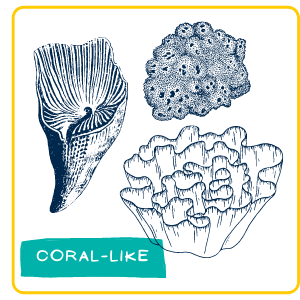
Coral-Like Animals
How do you know if you have a coral-like fossil? There are two main things to look for: 1) a cluster of shapes which seem fairly uniform with each other or 2) a horn or branch-like shape which doesn’t quite look like a tooth or bone. Many corals, sponges, and bryozoans have distinct patterns or shapes which can help you pinpoint exactly which fossil you have found.
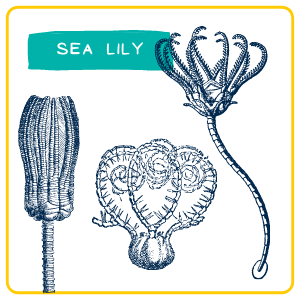
Sea Lilies
Not quite a sea star, sea lilies are related to sea stars and sea urchins with one big difference: their stems. Sea lilies, known as crinoids or blastoids, lived attached to the seafloors of ancient Michigan. They are most noted for their five-fold symmetry. Follow the link below to see examples of sea lilies found in Michigan. Keep in mind, these fossils may come in strange shapes and may or may not have arms/stems! If you see a star-like pattern or a possible stem, it’s probably a sea lily.
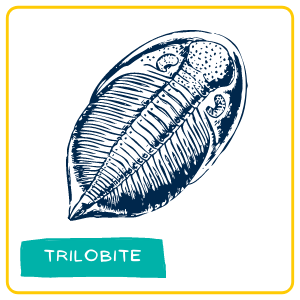
Trilobites
Nope, that’s not a shell. You may have found a trilobite. An early arthropod (animals like crabs and lobsters), trilobites lived for over 270 million years. Trilobites have a distinct head and body, but you may not find one perfectly whole. Even broken up, their body shape is very easy to detect. Follow the link below to see examples of trilobites from Michigan and how to identify them.
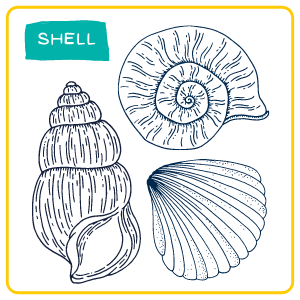
Shells
Did we mention Michigan was once covered in ancient seas? It makes sense then, that a large amount of the fossils you may find in the mitten state are shells. Shells can be from many different types of animals, from squids to snails. Check out the different examples of shells we have in our collection and see what type of animals may have once lived in your fossil.

Plants
Plant fossils are a rare fossil to find, but if you do find them, a good way to see what you have is to look for patterns. Fossil plants often leave imprints on the stone. These imprints can be of the plants’ leaves, stems, and even bark.
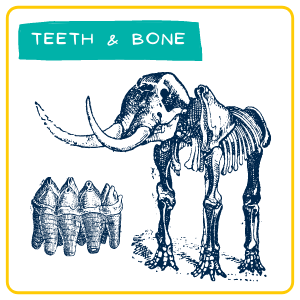
Bones and Teeth
Teeth and bones can be tricky to identify whether they are recent or a fossil. There are some common hints to whether or not the bone you found is a fossil. Learn more about how to tell, and how to find which animal it may have belonged to.


